India or Pakistan: Who Kashmir belong to? #kashmir #kashmiri #india #pakistan #indiaandpakistan
Who does Kashmir really belong to? What led to this conflict and dispute between India and Pakistan? Let’s get into it. Kashmir is the northernmost geographical region of the Indian subcontinent. Until the mid-19th century, the term "Kashmir" denoted only the Kashmir Valley between the Great Himalayas and the Pir Panjal Range. Today, the term encompasses a larger area that includes the Indian-administered territories of Jammu and Kashmir and Ladakh, the Pakistani-administered territories of Azad Kashmir and Gilgit-Baltistan, and the Chinese-administered territories of Aksai Chin and the Trans-Karakoram Tract.In 1820 the Sikh Empire, under Ranjit Singh, annexed Kashmir. In 1846, after the Sikh defeat in the First Anglo-Sikh War, and upon the purchase of the region from the British under the Treaty of Amritsar, the Raja of Jammu, Gulab Singh, became the new ruler of Kashmir. The rule of his descendants, under the paramountcy (or tutelage) of the British Crown, lasted until the Partition of India in 1947, when the former princely state of the British Indian Empire became a disputed territory, now administered by three countries: India, Pakistan, and China.
Sikh rule.
In 1819, the Kashmir Valley passed from the control of the Durrani Empire of Afghanistan to the conquering armies of the Sikhs under Ranjit Singh of the Punjab. As the Kashmiris had suffered under the Afghans, they initially welcomed the new Sikh rulers. However, the Sikh governors turned out to be hard taskmasters, and Sikh rule was generally considered oppressive. Kashmir had also now begun to attract European visitors, several of whom wrote of the abject poverty of the vast Muslim peasantry and of the exorbitant taxes under the Sikhs. High taxes forced many Kashmiri peasants to migrate to the plains of the Punjab. Kashmir became the second highest revenue earner for the Sikh Empire. During this time Kashmir shawls became known worldwide, attracting many buyers, especially in the West.The state of Jammu, which had been on the ascendant after the decline of the Mughal Empire, came under the sway of the Sikhs in 1770. Further in 1808, it was fully conquered by Maharaja Ranjit Singh. Gulab Singh, then a youngster in the House of Jammu, enrolled in the Sikh troops and, by distinguishing himself in campaigns, gradually rose in power and influence. In 1822, he was anointed as the Raja of Jammu. Along with his able general Zorawar Singh Kahluria, he conquered and subdued Rajouri (1821), Kishtwar (1821), Suru valley and Kargil (1835), Ladakh (1834–1840), and Baltistan (1840), thereby surrounding the Kashmir Valley. He became a wealthy and influential noble in the Sikh court.
Princely state.
In 1845, the First Anglo-Sikh War broke out. According to The Imperial Gazetteer of India:
Gulab Singh contrived to hold himself aloof till the battle of Sobraon (1846), when he appeared as a useful mediator and the trusted advisor of Sir Henry Lawrence. Two treaties were concluded. By the first the State of Lahore (i.e. West Punjab) handed over to the British, as equivalent for one crore indemnity, the hill countries between the rivers Beas and Indus; by the second the British made over to Gulab Singh for 75 lakhs all the hilly or mountainous country situated to the east of the Indus and the west of the Ravi i.e. the Vale of Kashmir.
====================================
We appreciate all of our viewers and supporters. Thank you.
====================================
Support us on Patreon: https://www.patreon.com/shieldwalldefense
====================================
Fair use is the right to use a copyrighted work under certain conditions without permission of the copyright owner. The doctrine helps prevent a rigid application of copyright law that would stifle the very creativity the law is designed to foster. It allows one to use and build upon prior works in a manner that does not unfairly deprive prior copyright owners of the right to control and benefit from their works. Together with other features of copyright law like the idea/expression dichotomy discussed above, fair use reconciles the copyright statute with the First Amendment.
====================================
-
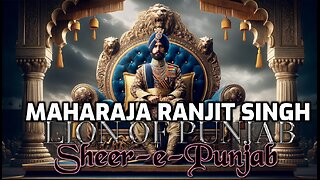 12:01
12:01
Rashid Kamboj
5 months agoSIKH MAHARAJA RANJIT SINGH | LION OF PUNJAB | KHALSA EMPIRE #sikhhistory #sikhism #gurugobindsinghji
61 -
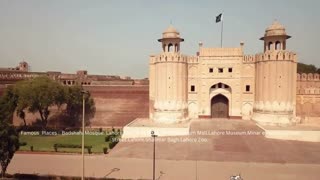 4:00
4:00
Future innovations
1 year agoHistoric City Lahore | Azadi Chowk | Badshahi Mosque. 2nd largest city in Pakistan, 26th in world.
23 -
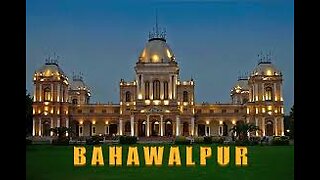 13:35
13:35
Pakistan
3 months agoBahawalpur Pakistan
8 -
 10:49
10:49
The Memory Hole
1 year agoCIA Archives: Afghanistan - Geography, History, Culture, Religion (1973)
1.14K3 -
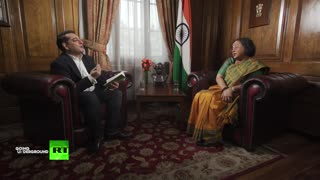 26:41
26:41
Going Underground Episode Archive
7 months agoEP.835: India’s High Commissioner SLAMS Pakistan Over Kashmir Standoff
335 -
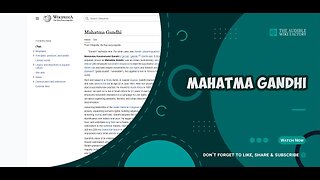 2:01:42
2:01:42
The Audible Wiki Factory
1 year agoMohandas Karamchand Gandhi, popularly known as Mahatma Gandhi, was an Indian revolutionary,
92 -
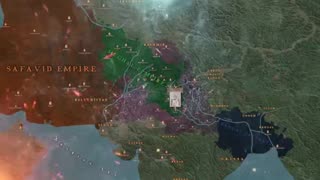 13:54
13:54
Umar1566962
1 year agoThe Magnificent Mughal Empire - A Glimpse into India's Royal Legacy
383 -
 13:32
13:32
theabhijitchavda
2 months agoWhy Does Pakistan Want To Resume Trade With India? | Geopolitical Analysis by Abhijit Chavda
332 -
 37:46
37:46
WebDas
1 year agoPrince Mir Mehdi Raza Talpur of #Khairpur Mir's State Latest interview on KTN News 26th April 2021
18 -
 10:49
10:49
The Memory Hole
5 months agoCIA Archives: Afghanistan (1973)
1.11K3